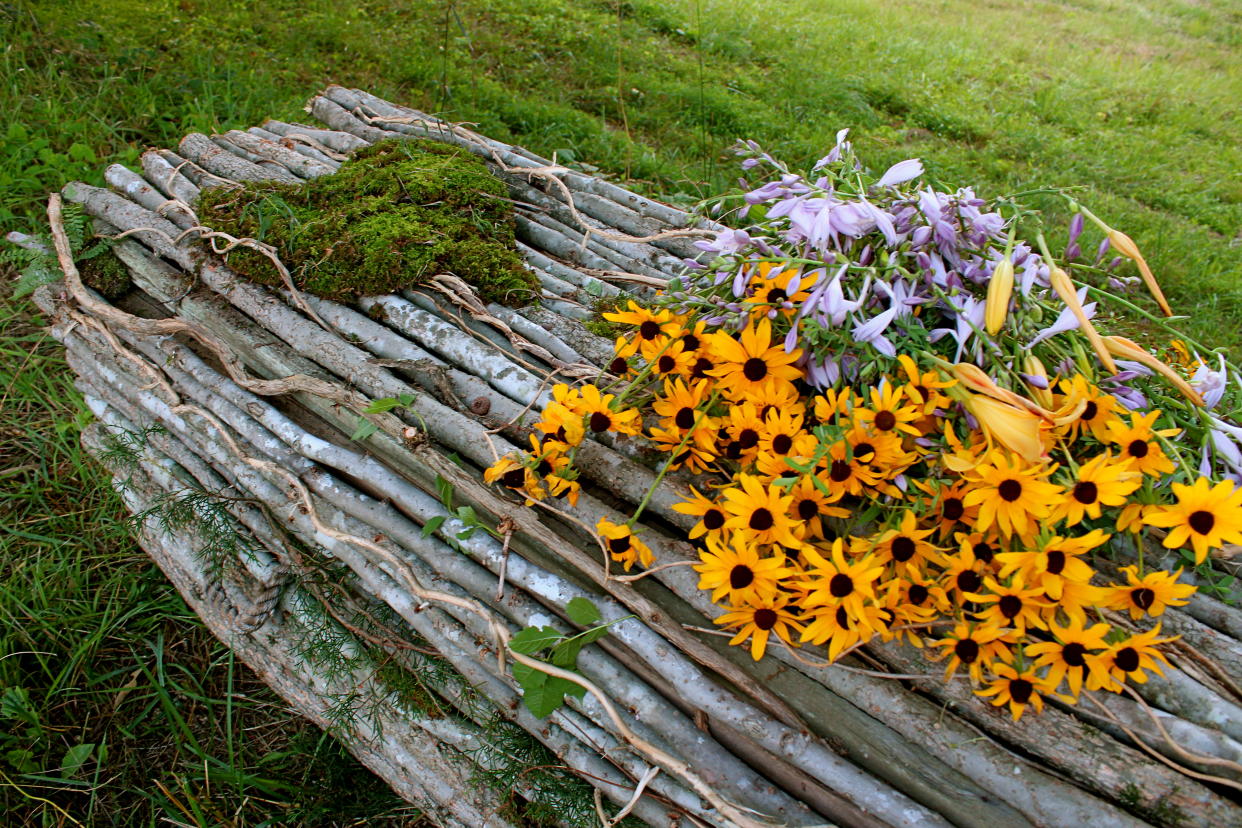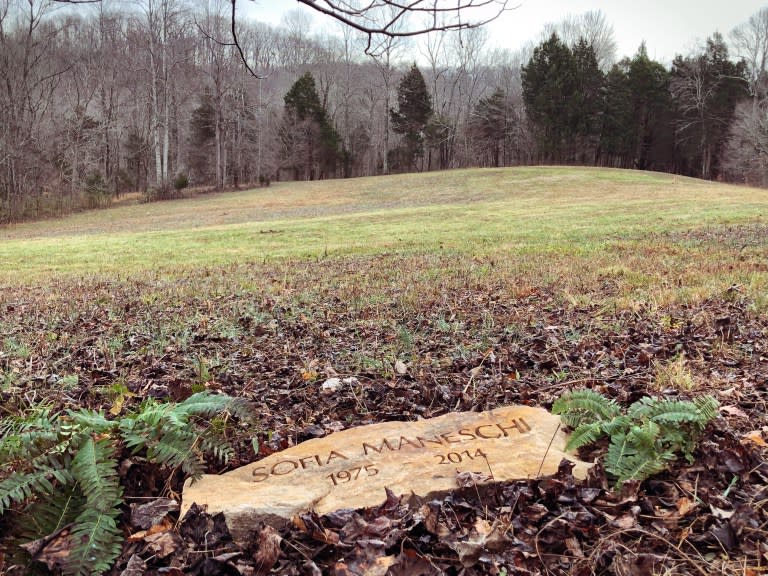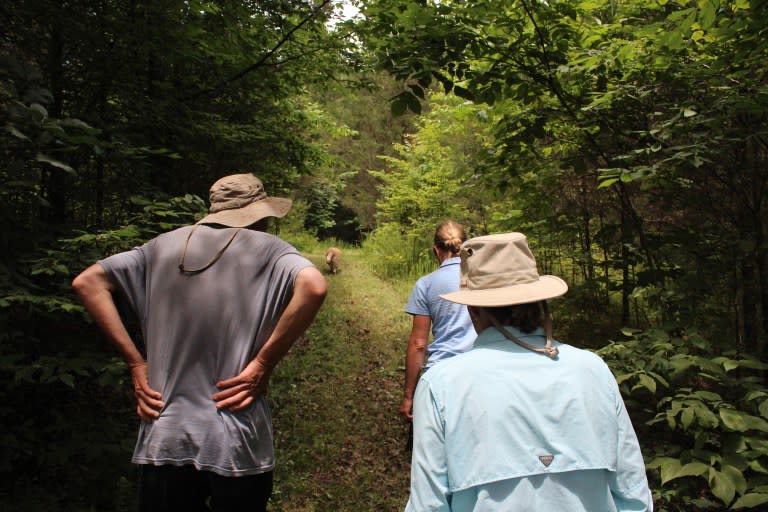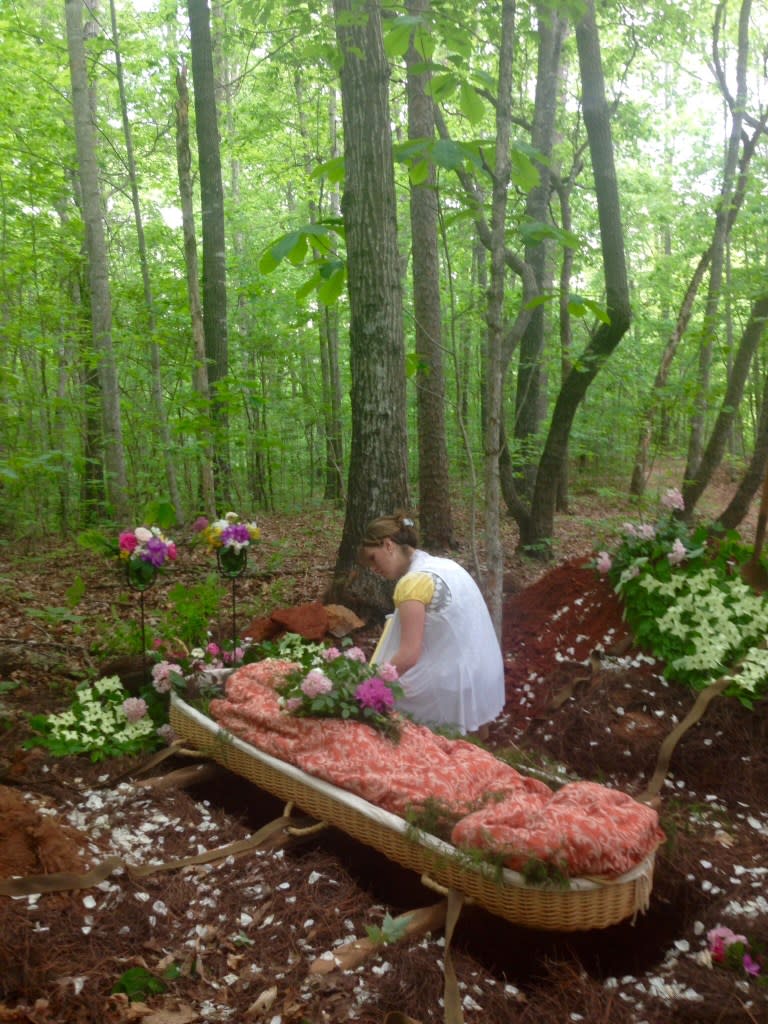Are natural cemeteries the new way to be buried?

Death is the one thing that all of us will experience, but after we die there are a variety of customs that dictate what happens to our bodies. Many of these customs depend on our faith and our cultural background, but regardless of where we’re from, humanity is fond of burying our dead.
In the United States, it’s no secret that funerals are costly, highly ritualized affairs. The bodies of our loved ones are preserved with an array of embalming chemicals for funeral viewing. Event space is reserved for family and friends to pay their respects, centered around the body displayed in a casket. Burial plots themselves are an additional expense, along with tombstones and securing transportation for the casket to the cemetery. All told, the average American burial costs between $7,000 and $10,000, a cost that is not covered by insurance — this expense is usually paid for out-of-pocket by the family of the deceased.
A new burial space in Nashville seeks to upend these costly customs. Larkspur Conservation, a 501(c)3 nonprofit organization, specializes in pandenominational “natural burials,” or burials that do not impede the natural decomposition process. Natural burials typically forgo the embalming process and use green materials to cover the body, such as a shroud, a fungal suit that feeds on bodies, or a biodegradable casket. Grave plots are shallow enough to allow the composting process to flourish.
The overall ethos is one that is harmonious with nature and mimics the death cycle in other forms of life.

At Larkspur, working in sync with natural ecology is key, and the driving force of their mission. Bodies are not embalmed, and tombstones are not allowed on the property. But the natural burials are not meant to dissuade from use of the park’s overall green space: It boasts hiking paths, picnic spots, and an expansive wildflower-covered meadow to see wildlife. Burial plots in the meadow and woods are unmarked or noted by a flat commemorative stone, sometimes without any inscription. Visitors are encouraged to enjoy the beautiful scenery as they would at any other state park.

In doing away with many traditional aspects of burials, Larkspur also cuts costs associated with funerals. The ban on headstones alone saves families up to $2,000. Indeed, cost-effectiveness is one of the selling points of natural burials. Becca Stevens, a reverend who is credited with the idea for Larkspur, told Nashville Public Radio, “We need a place to bury like this, where it’s your body in the ground, and all the stuff that they developed around all these false rituals that cost people money, and it feels so distant — it just felt like it needed to be simpler, more healing.”
Of course, not everyone feels that these rituals are “false,” but it’s worth examining whether natural burials are challenging our notions of dying, both commercially and spiritually. The rise of so-called industry “disruptors” are looking to see where traditional business techniques can be updated to suit newer customers, and burials are certainly still an industry. Larkspur may not call itself a disruptor, but the idea of being buried in a shallow, unmarked grave is still deeply unsettling to many people.

Still, Bloomberg reports that natural burials are becoming more palatable, noting that a 2015 study showed 64 percent of adults ages 40 and over would consider a “green” burial, which represents a huge increase from 43 percent just five years earlier. Millennials, who are known for being more ecoconscious than previous generations, may begin seeking out natural burials in even greater numbers as they age.
The era of tombstone grids and plastic flowers may soon became passé, in favor of large fields covered in natural flora and trees.
Read more from Yahoo Lifestyle:
Follow us on Instagram, Facebook, and Twitter for nonstop inspiration delivered fresh to your feed, every day.

